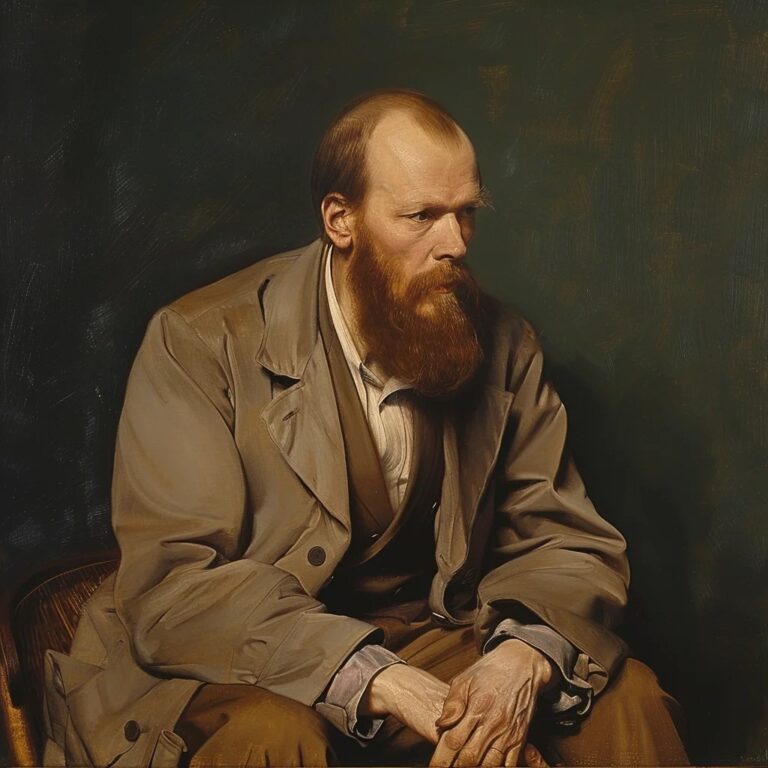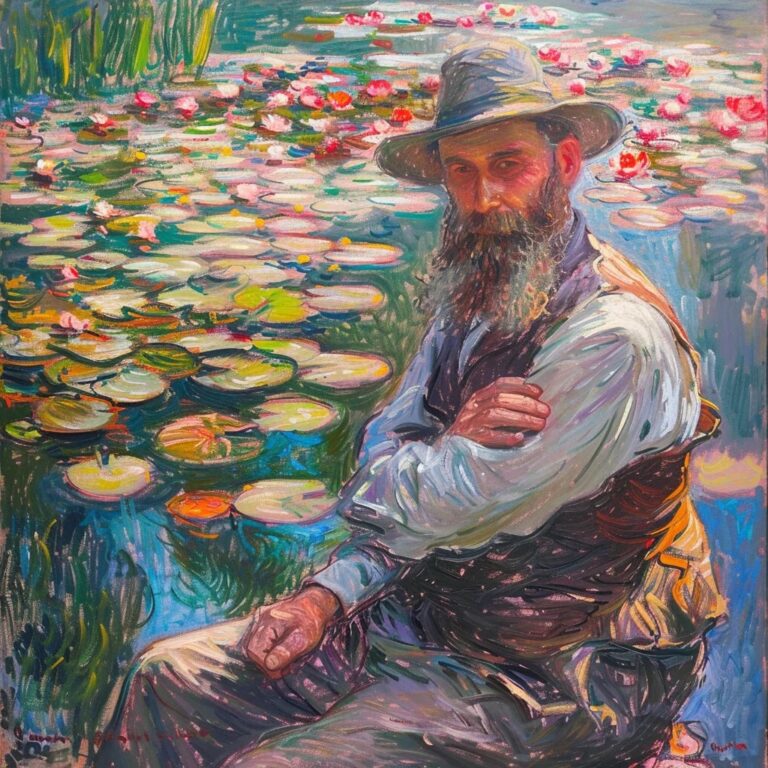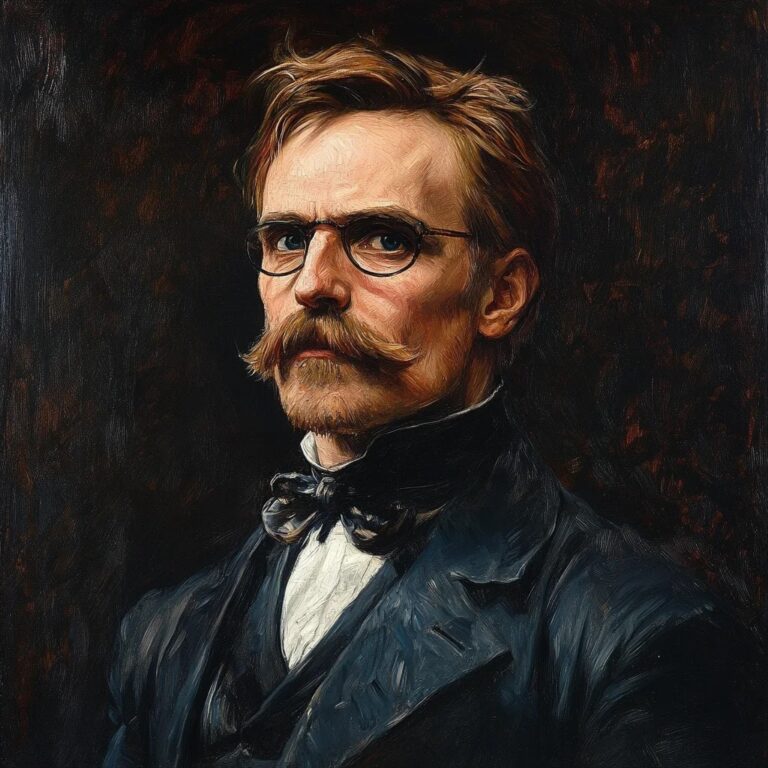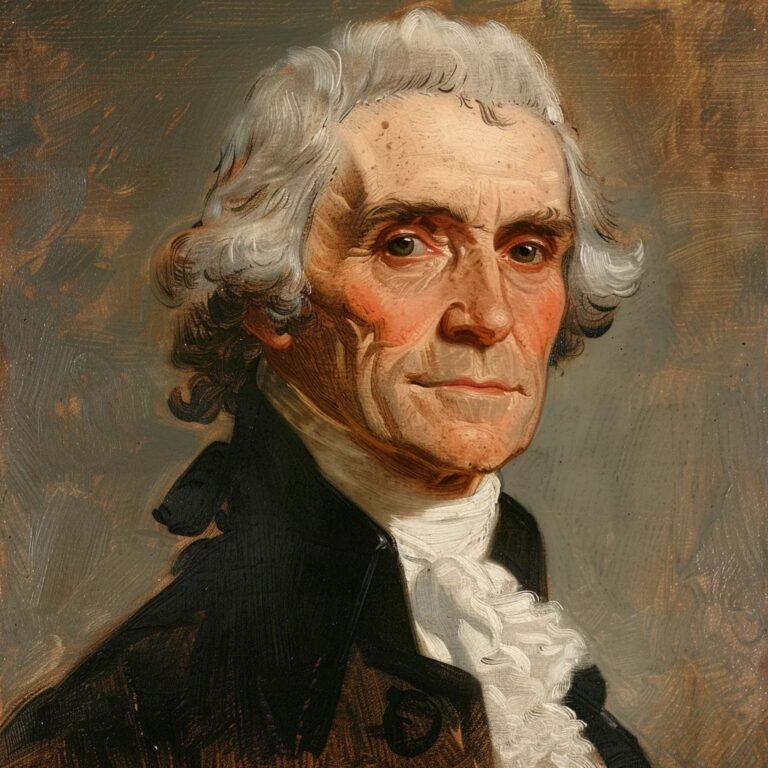Fyodor Dostoevsky was born on November 11, 1821, in Moscow, Russia.
His most famous works include 'Crime and Punishment,' 'The Brothers Karamazov,' 'The Idiot,' and 'Demons.'
Dostoevsky's father was a doctor, and his mother was a homemaker. He was the second of seven children.
He was sentenced to death in 1849 for his involvement with a politically subversive group but was reprieved at the last moment and sent to a Siberian labor camp instead.
Fyodor Dostoevsky spent four years in a Siberian prison camp and another six years in exile as a soldier in the Russian army.
His experiences in prison had a profound effect on his writing, deepening his understanding of human suffering and redemption.
Dostoevsky struggled with epilepsy throughout his life, and his condition often influenced his characters and themes.
He was also known for his gambling addiction, which caused financial difficulties and influenced his novel 'The Gambler.'
Fyodor Dostoevsky married twice and had four children, though he experienced significant personal and financial struggles throughout his life.
His works explore themes of existentialism, morality, free will, and the human condition.
Dostoevsky's writing style is known for its psychological depth, philosophical insights, and complex characters.
Fyodor Dostoevsky was a devout Christian, and his faith played a significant role in shaping his worldview and literary themes.
Dostoevsky's influence extends beyond literature to philosophy, psychology, and theology, impacting thinkers such as Nietzsche, Freud, and Camus.
His final novel, 'The Brothers Karamazov,' is considered one of the greatest achievements in world literature.
Fyodor Dostoevsky passed away on February 9, 1881, in St. Petersburg, Russia, but his legacy endures through his timeless works that continue to be read and studied worldwide.
How useful was this post?
Click on a star to rate it!



